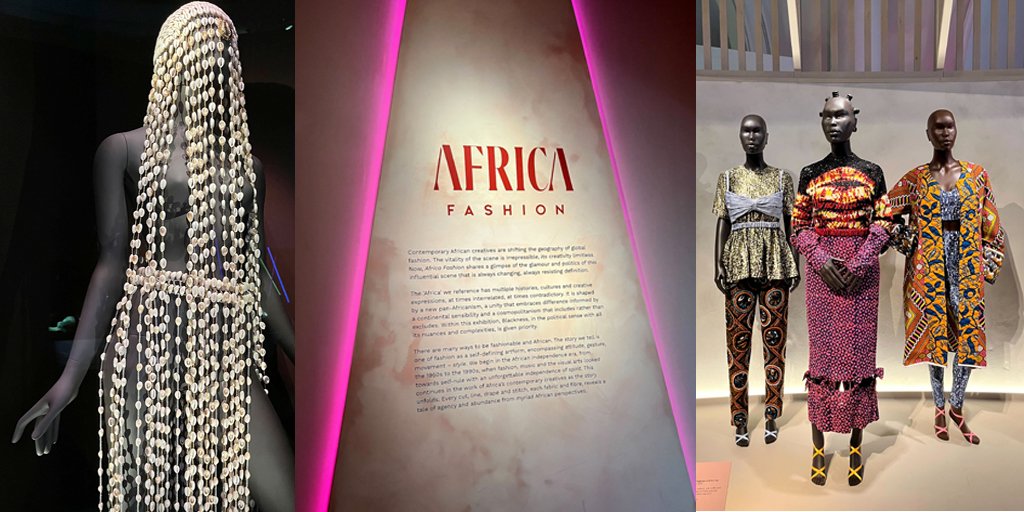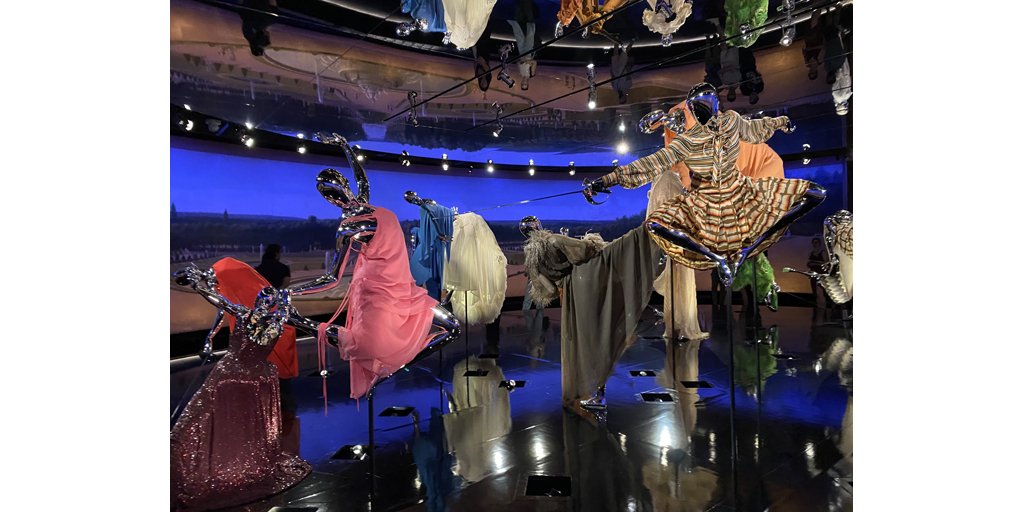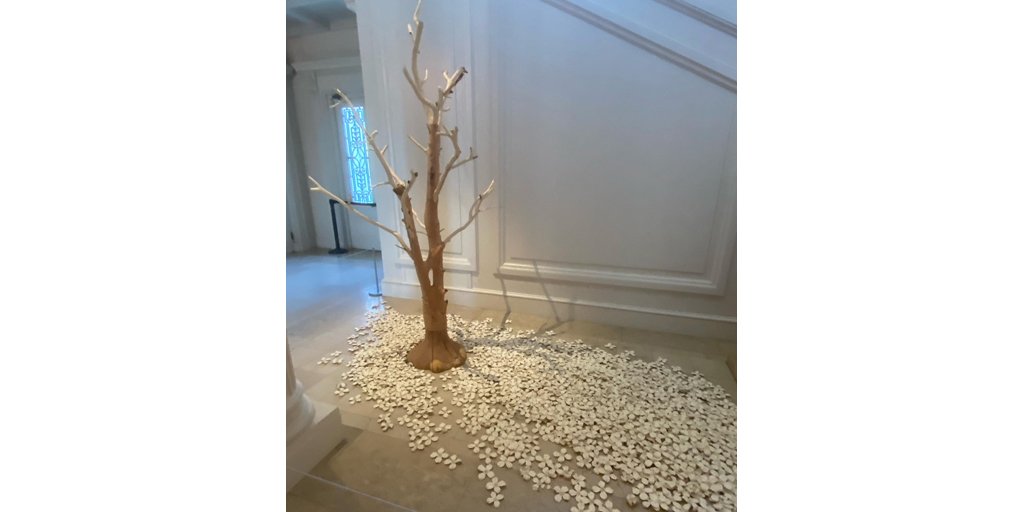Don’t forget to look up when you visit The Morgan Library & Museum, particularly when you step from the 21st-century Renzo Piano addition into the original McKim Building. Commissioned by American financier J. Pierpont Morgan (1837-1913), the original Library was erected on a plot just to the east of Morgan’s rather “modest” brownstone townhouse located then on the corner of 35th and Madison. The campus was finished in 1906, according to a set of exacting specifications and with the idea of sparing no expense. (Not saying that Morgan micro-managed the project, but you can read between the lines). Each of its rooms was conceived, constructed, and decorated to honor its patron’s sophisticated tastes and telegraph his appreciation for the continuum of Western history. The Library needed to be a gem box worthy not only of Morgan’s housing growing collection of rare books and artifacts, but also of his stature as a connoisseur/patron of the arts - an early-20th-century Medici, if you will.
The West Room, which served as J.P. Morgan’s private study and “uptown” office (when he wanted to be away from Wall Street) is dominated by shades of red - from its scarlet upholstered furniture and carpet, to walls covered in a Scalamandre brocade of a similar blood-red. The room’s “re-purposed” ornately-carved dark wood ceiling once belonged to an Italian Renaissance building, and McKim actually based the room around it, ostensibly Morgan’s idea.
The grandest space, the East Room, with its three stories of inlaid walnut bookshelves, served as the library proper in Morgan’s day. It now also houses a few sculpture and vitrines displaying rare books, writings, musical scores, letters, and other precious objects. Here, the ceiling comprises an intricate late-19th-century paned-glass design, while the painted architectural elements just below it take their inspiration from Pinturicchio's sibyls in the Church of Santa Maria del Popolo in Rome. Allegorical depictions of the arts and sciences alternate with portrait roundels of great men of history - from Socrates to Galileo - imagery underlining the room’s dedication to learning and achievement. In the hexagonal spandrels above these figures, are the signs of the zodiac, culled by Mowbray from the decorative program of the Villa Farnesina. Alluding to important moments in Morgan’s own life, these astrological figures are arranged symbolically rather than chronologically.
While the Rotunda has an ornately patterned floor, mosaic-paneled walls, and colorful marble columns, it is the ceiling, the apse, and the lunettes that turn this space into a seeming “temple of the arts,” announcing it as a repository of civilization and culture. When Morgan was alive, select guests who were invited to his Library for social or professional occasions would walk up the steps to the building’s compact portico, be let in through the enormous bronze doors, and received within the foyer of the Rotunda.
Much like an ancient church or temple, the room opens up vertically into a light-filled space topped by a central domed ceiling with an oculus. This high ceiling is ornately decorated with Renaissance-inspired figures and scenes surrounded by colorful and gold accents - Greek key designs, acanthus leaves, scrollwork, etc. which highlight its architectural elements and reference the past . We also see nod to the four branches of learning through identified allegorical figures representing religion, philosophy, science, and art . On one side, an apse-like space is decorated with blue and white stucco reliefs of classical and mythological subjects inspired by Raphael’s design for the Villa Madama. Below this, is a Della Robbia ceramic of the Virgin and Child with a Latin inscription:“Glory and honor to God alone” - unifying the schemas of Classicism and Christianity.
Perhaps even more spectacular are the three huge lunettes on the remaining walls, which pay homage to Pinturicchio’s 16th-century murals. Each highly-detailed painting by Harry Siddons Mowbray (1858 – 1928), who also painted the Rotunda ceiling, represents a specific literary era. The tri-part program was intended to celebrate the theme of writing throughout history, a major thread running through Morgan’s collection. Above the West Room, the lunette dedicated to lyric and amorous poetry from the Renaissance Period includes representations of Tasso and Petrarch surrounded by figures from their work, included Petrarch’s beloved Laura. Opposite the apse, above the building’s entryway, is a lunette dedicated to the chivalric romances of the Middle Ages; the eternal flame appears in the center flanked by Dante, Virgil and Beatrice and several Arthurian characters including Guinevere and Lancelot. And, finally(seen in the spotlight image above), the lunette over the entryway to the East Room depicts Epic Poetry flanked by Orpheus and Homer, along with figures from The Iliad and The Odyssey. Interestingly, the blind Homer, whose poetry was reportedly passed down through the oral tradition, appears holding a clay tablet and stylus. The inaccurate inclusion of these implements clearly demonstrates the desire to chronicle the writing/reading “technology” of each period. In the depiction of the Middle Ages, we see a scroll manuscript; in the Renaissance painting, Mowbray includes a book. Also, if you look closely, you will see that all the gilded details are actually built-up and three-dimensional ; the painter even added a few trompe l'oeil , or eye-fooling, features into the ceiling and lunettes, so be sure and spend some time with them.
Point of all this is is to say - that while you are busy at The Morgan Library exploring all the fascinating historic objects - the cylinder seals, clay tablets, manuscripts, letters, and rare books - in the cabinets and vitrines, as well as the tapestry and paintings on the walls , don’t neglect to look up or you will miss some of what makes this such an incredibly special place to visit; you’ll miss some of the stories Mr. Morgan wanted to share with posterity.





















